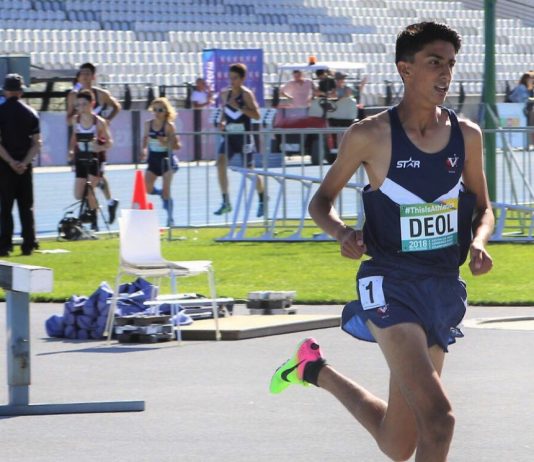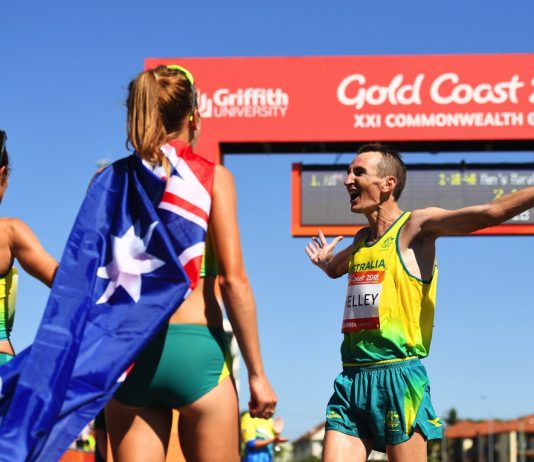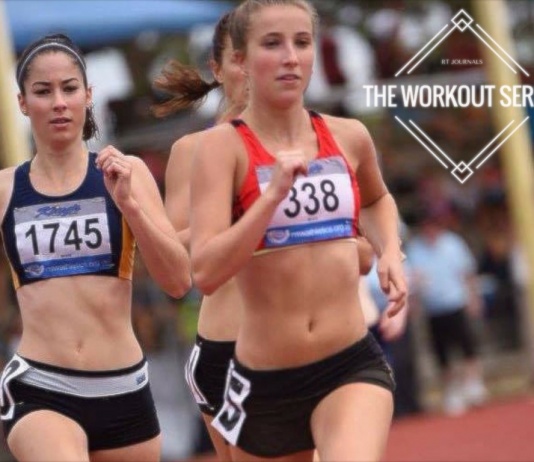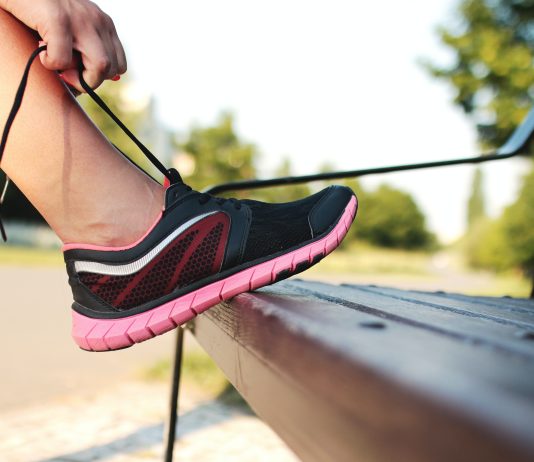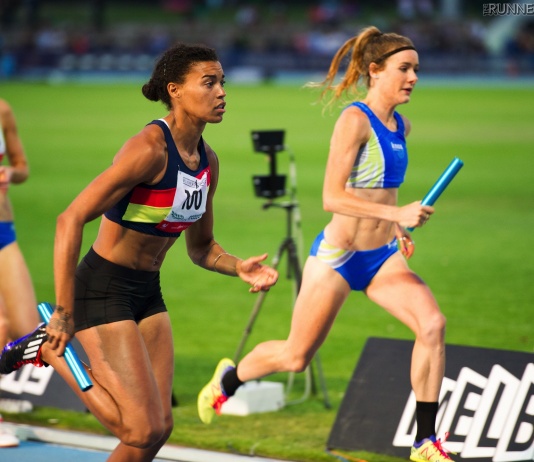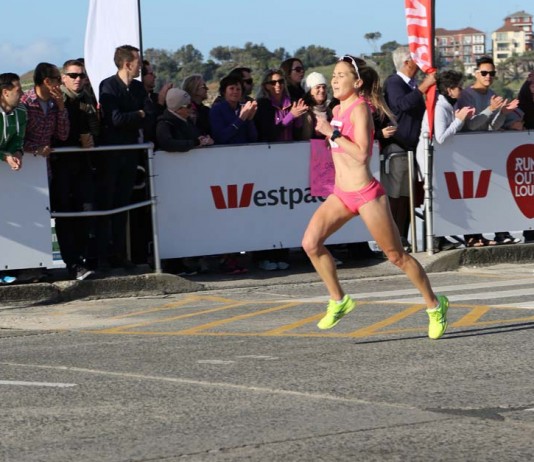Trail running, a sport cherished for its simplicity and purity, beckons enthusiasts to don their shorts, lace up their shoes, hydrate, and immerse themselves in the natural world. Yet, as the outdoor lifestyle gains traction, a burgeoning market of accompanying gear threatens to overshadow this cherished simplicity. Among the array of equipment, one addition stands out as an invaluable asset for mountain runners: running-specific trekking poles.
Hi my name is Dharam Deol. I am a 15 year old middle distance runner from Melbourne's Eastern suburbs.
I was very happy when Runner's Tribe reached out to me asking me to share a little about my training sessions with it's readers. I feel privileged to have been asked,...
Runner's Tribe - Run School
Minimalist, maximalist, zero drop, traditional, soft foam, hard foam, high stack height, low stack height, stiff soles, flexible soles, magic foam that makes you float or fly. Or whatever.
Whilst the science on all the above is minimalistic in itself, one study that shows that...
MATT FITZGERALD – Runner’s Tribe
Matt Fitzgerald is an acclaimed endurance sports coach, nutritionist, and author. His many books include The Endurance Diet, 80/20 Running, and How Bad Do You Want It?
Callum Hawkins came into the 2018 Commonwealth Games Marathon in Australia with high expectations. Having set a national record of 1:00:00 for...
RT Journals The Workout Series | Emily Augustine
I've recently joined a new training group (coach - James Fitzgerald) and have enjoyed a good mix of new and different sessions. Evidently I have a few new favourite workouts to add to my existing ones. The first I did one Saturday was 15mins...
Stress fractures materialize when weakened bones buckle under excessive weight or repetitive strain. This condition often arises due to an imbalance in bone health, where the body's natural bone-rebuilding process struggles to keep pace with the demands imposed upon it. Fear not, for there are practical measures you can implement to safeguard against stress fractures, ensuring the strength and durability of your bones for years to come.
The Importance of Taking Breaks from Training:
A Column By Amity Delaney
As athletes, our love for running and our desire to succeed can often cause us to keep pushing our body and training when we should perhaps be taking a break to let our bodies and minds properly recover....
Bilateral vs Unilateral Movement Development for Runners
By Mark Blomeley
Ok, so you’re probably looking at the title and thinking what the? Let me explain…
To put this simply, bilateral movement refers to a two arm or two leg movement, whereas unilateral refers to a single arm or single leg movement. In other...
“Long, slow distance running creates long, slow runners. If speed is the name of the game, then never get too far away from it.” - Peter Coe
Seb Coe is the only man to win back to back Olympic 1500m titles (1980 and 1984). At the 1984 Los Angeles Olympics...
By Rafael Baugh (B.Sc Physio, Level 2 AA)
As a running or triathlon coach we constantly look to objectively monitor change in our athletes over time.
Recording split times, measuring cadence, reviewing training volume and analysing racing performances is all part of gaining feedback and ultimately helping plot a course to...



